Lower back discomfort affects many people, from sports and physical laborers to truck drivers and office workers. Muscle injuries, poor posture, and age-related spinal disorders contribute to lower back discomfort. It's aggravating and debilitating, and treating it can be challenging. There are, however, potential answers.
Lumbar support is a frequent solution to relieve pressure on your spine from poor posture. This allows your back muscles to relax, recuperate and promote good air circulation for an extended time.
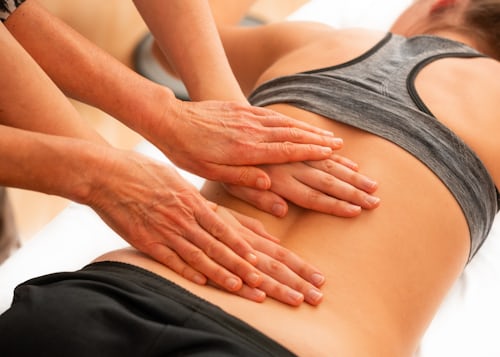
Lumbar support devices are helpful for both short-term back pain relief and rehabilitating back disorders. Fortunately most people have acute back pain, which is a short-term problem that goes away after a few days or weeks. Chronic back discomfort that lasts three months or longer is relatively uncommon.
If you have back pain, your doctor will most likely advise you to rest for a few days and use over-the-counter pain relievers to help with the pain relief while attempting to remain flexible. However, if the pain persists after a few days, consider physical therapy exercises and a lumbar roll to help relieve the tension on your back.
Lumbar supports are braces or corset-like devices that provide proper spine alignment and compression to the back. Surprisingly, research on the efficiency of lumbar devices with back pain is divided, with some claiming that the devices offer little to no help in preventing or facilitating back injury repair. At the same time, according to some, it can be beneficial.
Actions before purchasing a lumbar support device
Significantly, experts advocate the following actions before purchasing a lumbar support device like the office chair for your lower backaches:
Find a lumbar support device that fits you
Once you've been diagnosed, find a memory foam lumbar support device like the lumbar office chairs with lumbar support back cushion that fits your spine's natural curve and has a natural inward curve for back support. Before you buy one, try on a few at the store. If you purchase the item online, however, you can return it if it does not fit. Significantly, the office chair should provide support for long periods, have a natural contour and lumbar cushion, and fit almost like a glove, with all surface areas in contact with your back. It should serve as a reminder to maintain a good posture, sit upright and exert less pressure. The device should also be snug but not too tight; it should not restrict your breathing.
Learn your capacity
To avoid reinjuring your back, learn your time sitting using the office chairs and physical limits while wearing a back brace. Exercising beyond your physical limits may result in a recurrence of a lower spine discomfort. You must learn to recognize and respect your boundaries.
If you have severe pain, see a physician quickly
Suppose your back pain or stiffness is severe enough and affects your neutral position that you can't move without excruciating pain. In that case, consult a doctor immediately. A back brace may not be of immediate benefit if your pain and stiffness are that bad. It may, however, be beneficial once the pain and stiffness have subsided to the point that you can move.
Lower back pain that is moderate to mild usually goes away within five days, but if it persists or worsens, consult a doctor. Additionally, kidney stones, chronic back pain, an abdominal aneurysm, and cancer are significant potential causes that can be tested for and ruled out by a specialist.
Doctors can offer professional medical advice and request various tests, such as an X-ray, an MRI, or a CT scan, to assist them in making the best possible diagnosis and treatment plan. Most treatment plans aim to strengthen the patient's core muscles, which support the spine so that the pain does not return. Significantly, physical therapy, a stretching practice, yoga, or Pilates may be used as treatments. Chiropractic adjustments are also beneficial to many people.
Don't become reliant on your back brace
A brace should be worn for a few days to two weeks. Longer than that, your muscles begin to adapt and become acclimated to the brace, resulting in a loss of strength and increased injury risk. Significantly, if you use a back brace for more than two weeks, you may develop a dependency on it. A lumbar back support device can help in the short term, but it's more necessary to strengthen the core muscles that support your back in the long run.
Ergonomic chair
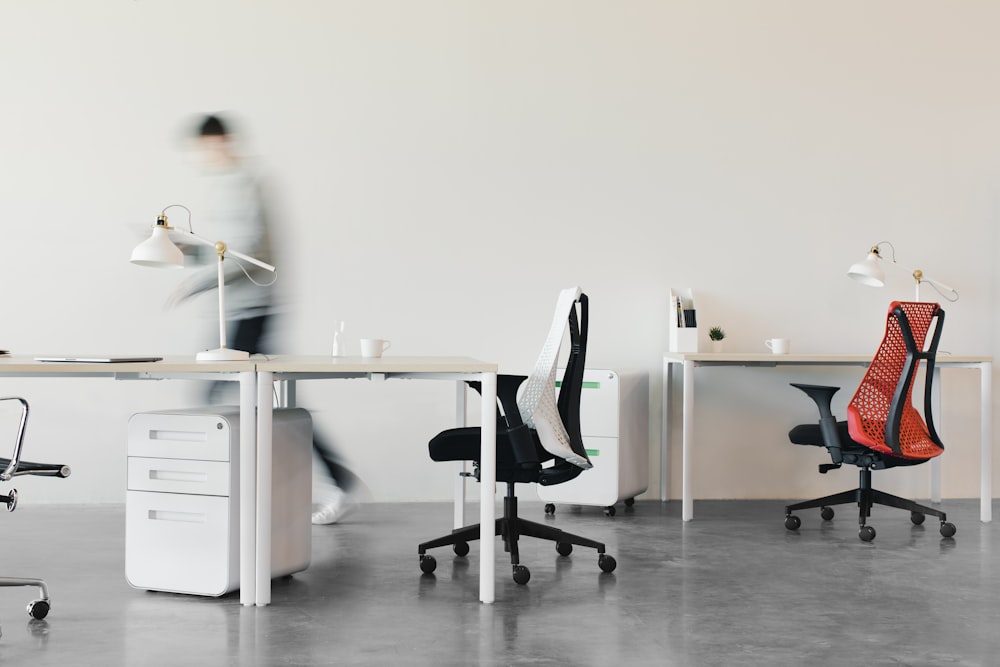
There are a lot of ergonomic office chairs with memory foam lumbar support for back support with extension straps and back cushions with at least two adjustable straps that promote good posture and are ergonomically designed to provide lumbar support curvature. The user should sit comfortably for long hours with the head, spine, and buttocks in alignment to see if the back support for the office chair is comfortable. Additionally, you can use a rolled-up towel for your neck support. Then lean on the hollow design in the chair to support your lumbar area. Significantly, the ergonomic office chair should have an adjustable strap and a natural curve that follows the contour of the lower back.
Because this form of lumbar back support isn't changeable, it's essential to test and inspect the ergonomic office chair and ensure that it has adjustable straps and the seat cushion is perfect before using it to ensure a proper fit.
Is It Worth Using Lumbar Support?
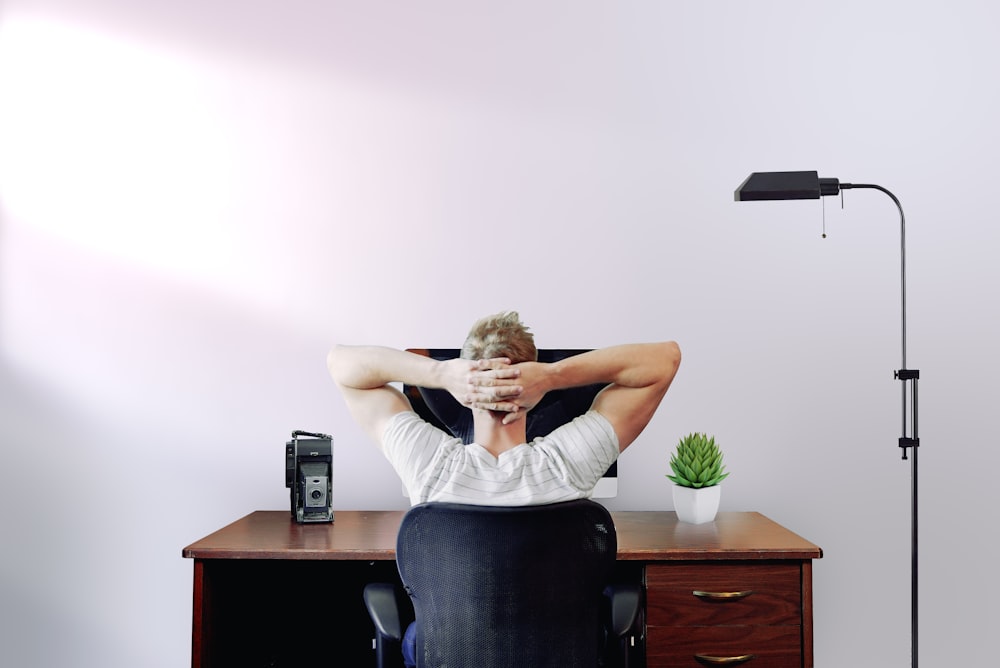
Even though user-reported "comfort" while wearing lumbar support is restricted, research suggests that some types of lumbar back support can benefit those with back pains. For example, high-density memory foam back support pillow can improve a person's prolonged sitting posture and spinal alignment and reduce pressure.
This means that if you're having trouble with backaches that won't go away on their own, seeking help could be beneficial. However, regarding lower back support, many specialists advise that patients support their backs as much as possible.
Lumbar support pillow

When a person sleeps with a great lumbar support pillow, their muscles relax, and gravity takes over as the dominant force on the body, particularly the spine.
Significantly, the force of gravity may deform the soft tissue of a person's back when lying in bed, resulting in back discomfort and other difficulties.
According to reviews, most orthopedic surgeons agree that poor-quality mattresses play a role in increasing low back pain. A firm mattress was deemed to be favorable to lower back health.
A lumbar support pillow, in addition to a firm mattress, may be beneficial. According to one study, lumbar support distributed pressure over a larger body area when patients were sleeping. This may help with pain relief and other back issues caused by a lack of lumbar support.
A lumbar support pillow may assist a person in obtaining a better, more comfortable night's sleep while lying in bed and minimizing low back pain.
What is a back brace?
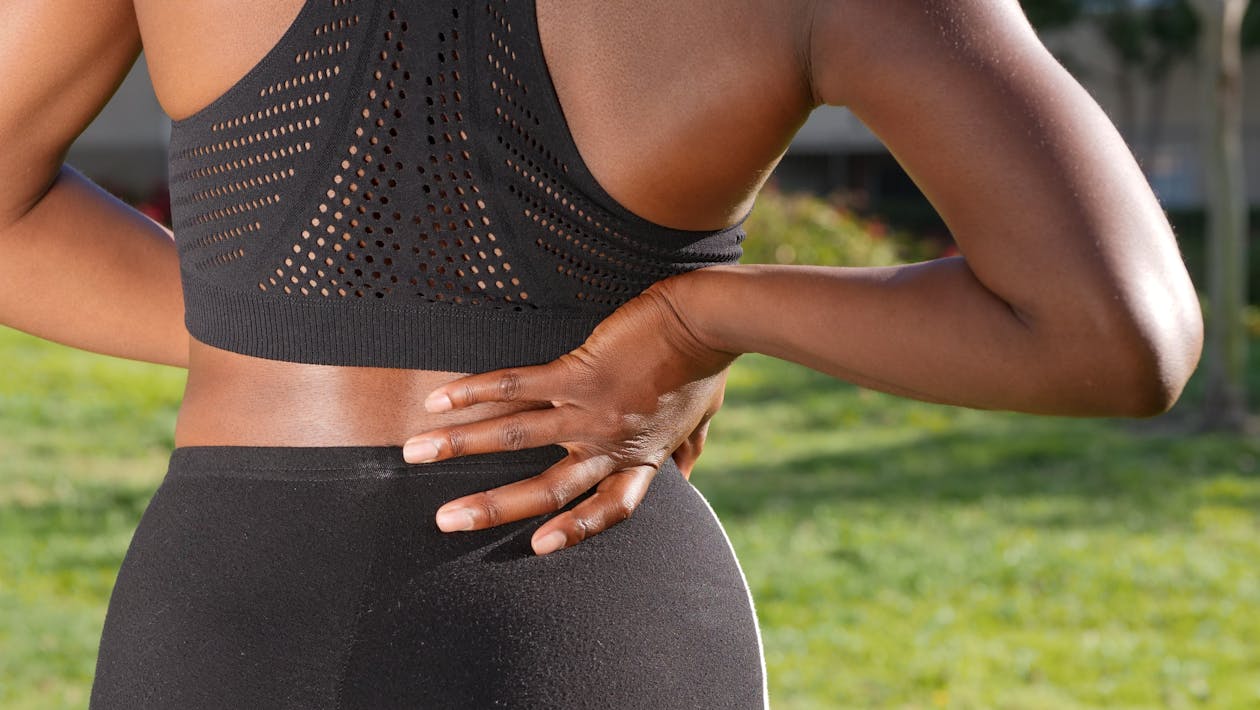
A back brace helps support a person's spine. Some people feel they can help with back pain, injury prevention, healing, and encouraging healthy posture and spine alignment.
Elastic compression bands and stiff plastic or metals, or a combination of both, are common components of back braces. They are available in two styles: custom-fitted and prefabricated. Off-the-shelf types are readily available and don't need any fitting or molding.
Level of support

Back braces come in three types: rigid, semi-rigid, and flexible. Rigid forms provide stability for persons suffering from moderate-to-severe pain and instability, such as fractures or health problems resulting from traumatic events.
Softer materials are used in flexible varieties to reduce excessive motion and provide compression while allowing for more mobility and flexibility.
Semi-rigid braces are a hybrid of the two, with a flexible body brace and rigid panels surrounding the device.
The mechanisms of the spine's natural curvature alleviation differ slightly depending on the brace design, but in general, a brace can:
Reduce range of motion during healing: Back braces are worn to prevent or limit unpleasant movements such as twisting the spine or bending forward, backward, or to the side. Limiting undesirable movements and postures can also enhance proprioception (awareness of one's body's position), allowing the user to modify posture for better back health deliberately.
Provide additional spinal support: When the low back is unstable due to injured or compromised spinal structures, a back brace can help. A back brace can promote a good healing environment for the current injury and avoid additional injuries by maintaining the torso in a safe, supportive posture.
Reduce micro-motion between vertebral segments: Braces also reduce discomfort from muscular tension and inflamed joints or nerve roots by restricting excessive micro-movements at a specific spinal segment or vertebral fracture.
Decrease pressure on the spinal structures: A back brace can relieve strain on the spine's joints, discs, and muscles by unloading part of the weight that is generally placed on the lower back. A back brace can help relieve uncomfortable muscle tension, a common protective reflex after an injury, by lowering spinal pressure.
When might a person need one?
A back brace may be required for the following reasons:
· strain or injury
· spine stabilization after trauma or injury
· to correct posture issues
A doctor or medical professional can advise when utilizing one is safe or advantageous.
Does health insurance cover them?
Yes. Medicare, Medicaid, and private insurance companies cover back braces that are medically required. These gadgets are classified as durable medical equipment (DME).
An individual must obtain a prescription from a physician who has received permission from the insurance provider to be covered.
Poor posture
Immobilization of the spine with bracing is helpful after surgery. It promotes the healing of structures, maintains proper alignment, and decreases spinal compression.
It may also be beneficial for persons who suffer from back problems such as:
· spondylolisthesis
· stenosis
· osteoarthritis of the spine
· herniated disc
· spondylosis
These devices prevent slippage and pressure in the spine, relieving pain and making daily movements more bearable.
During short-term use, spinal orthoses, lumbosacral orthoses, and thoracolumbosacral orthoses (TLSO) help alleviate pain and impairment, according to a 2020 study.
Scoliosis patients may benefit from back braces to prevent further spine curvature. Back braces helped infants with idiopathic infantile scoliosis, according to a study published in 2021.
For pregnant women, a back support or belly band may be advantageous. Pregnant women who used two extension straps pelvic belts had less pelvic pain in their lumbar region during their pregnancy, according to a 2017 study.
Coping with Back Pain

You can use other self-care alternatives with your lumbar support devices for your back support. You should also consider essential oils if you believe the cause of your pain is muscular spasms or inflammation.
For example, ginger, which is present in the vibrant blend, can aid in reducing pain and inflammation. You might also want to try the Sleepy mix, which contains chamomile and kava and can help relieve tension from pressure points which can aggravate backache. Even if you have a sore back, getting a good night's sleep can help you heal more rapidly.
Try Not to Rely on Your Support
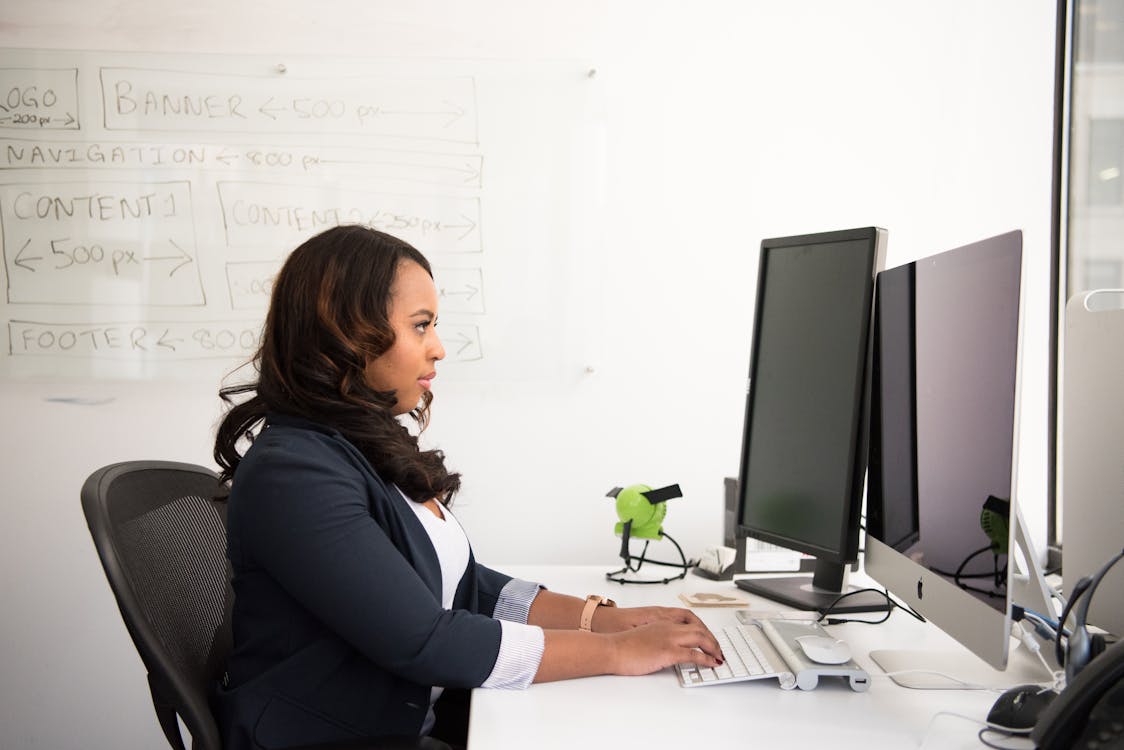
While lumbar supports are beneficial in the short term, they should not be relied upon daily. Ideally, you should strive to develop a strong core and maintain good posture without using a support device.
Training yourself to have a good posture can take a long time. You may need to remind yourself to monitor how you are sitting or standing during the day at first. However, some people set up reminders on their smartwatch or fitness device to remind them to sit correctly. You may require these reminders regularly at first, but proper posture will become second nature over time.
Making alterations to your work area's layout so that your keyboard is at the proper height and your screen is easy to see can also help you avoid back problems. Knowing your form while working is also essential if you work outdoors or handle large goods.
Bottomline
It can help to have adequate lumbar support to ease low back pain. For sleeping, many high-quality lumbar support pillows and mattresses. If you sit for long period, consider getting an ergonomic office chair.
Adjustable armrests help maintain the wrist's level with the desk when using ergonomic seating, reducing the risk of wrist injuries. Good ergonomic chairs recline just enough to shift your weight from your back to the chair and away from it.
They are incredibly adjustable, another quality of great ergonomic seats. Making frequent adjustments to your chair to ensure constant comfort is a crucial component of ergonomic sitting. Additionally, you should stand for at least five minutes per hour to stretch and maintain a strong core.
Links
https://www.spine-health.com/wellness/ergonomics/types-lumbar-support-and-ergonomic-office-chairs
https://jamanetwork.com/journals/jama/fullarticle/187623


